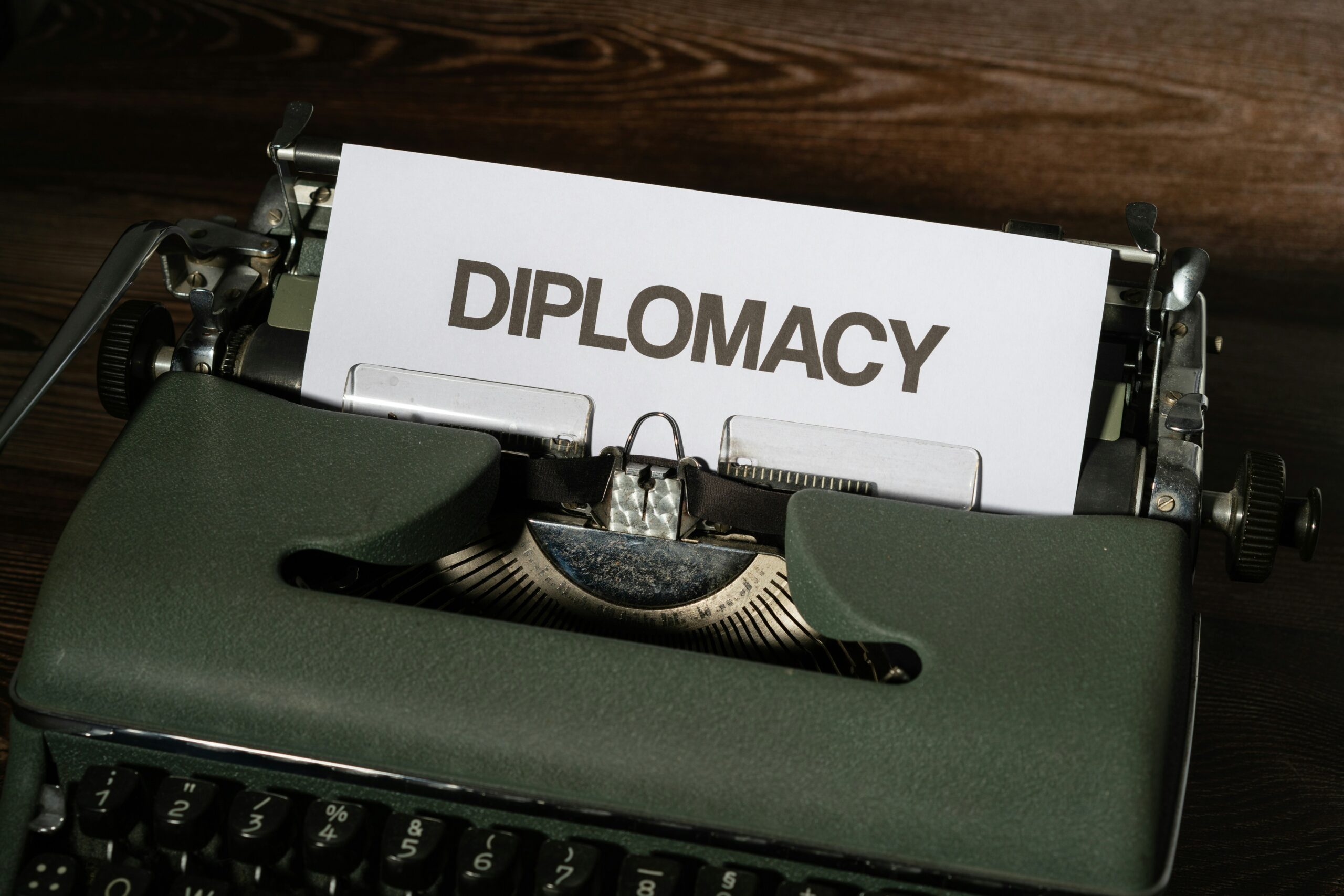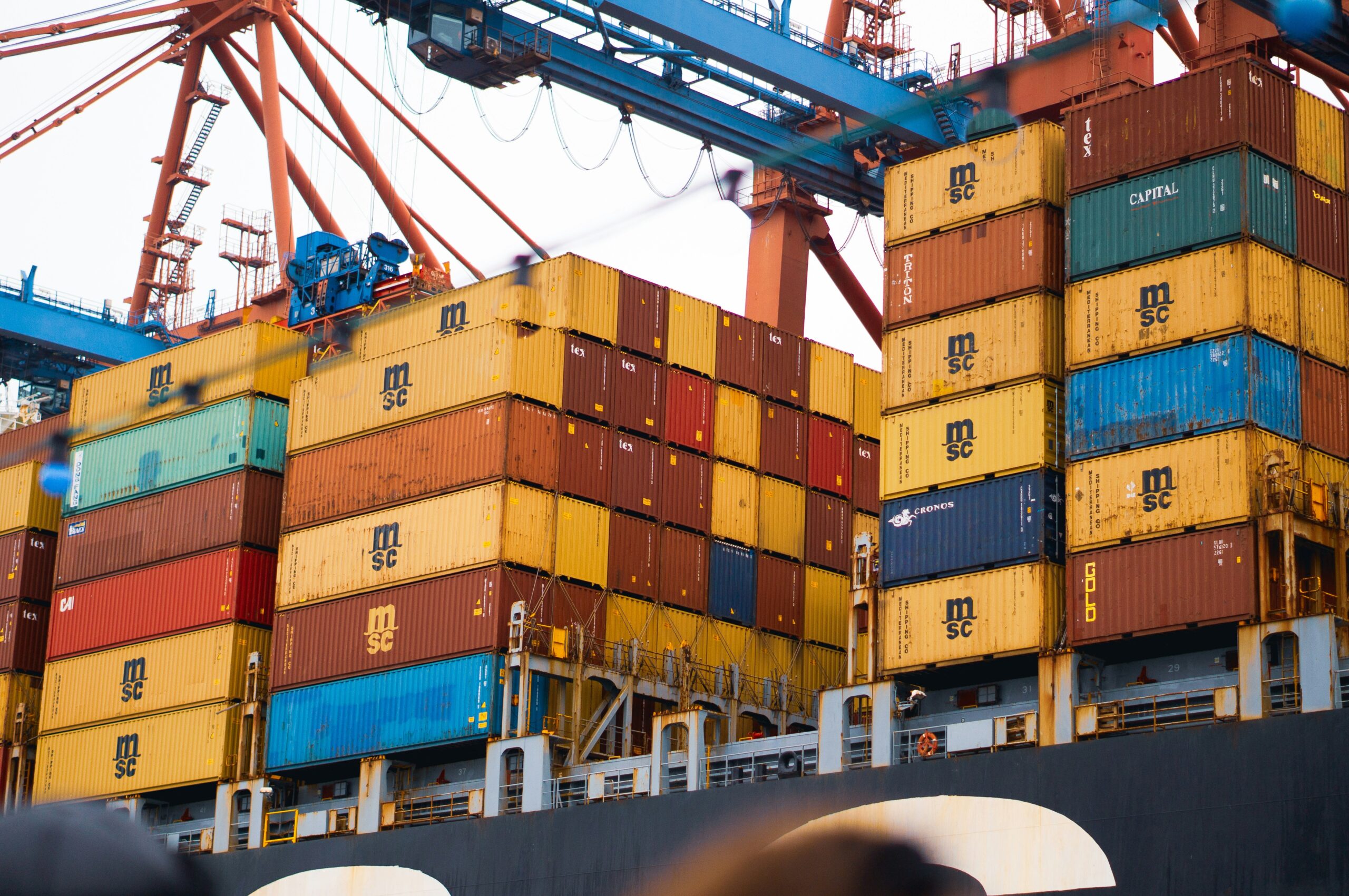Samoa engages in a variety of trade relations and agreements aimed at enhancing economic development, diversifying its exports, and accessing the global market. Given its small size and geographical distance from major commercial centers, Samoa relies heavily on trade pacts to circumvent trade barriers and gain access to both regional and international markets. Economic development has been achieved in part by integrating domestic and foreign direct investment through regional and bilateral trade blocs in addition to providing more opportunities for trade. These vast partnerships and trade pacts do not go without affecting the economic landscape of Samoa.

Pacific Island countries trade agreement (PICTA)
Samoa is a member of the Pacific Islanders Trade Agreement (PICTA), which was established by the Pacific Islands Forum members to establish a free trade area in the Pacific. Because PICTA allows free movement of products and services among participating Pacific countries, it helps to increase trade possibilities in the area, which is important for Samoa. PICTA helps Samoa export its commodities to other island countries more readily by reducing duties on a variety of items, so promoting economic cooperation and bolstering regional trading links. PICTA is mostly focused on products, but there have been attempts to expand the agreement to include services as well, which would help Samoa’s service-oriented industries like tourism. With Samoa’s high dependence on imports, particularly for necessities, PICTA also lowers import prices by procuring from neighboring lands.
PACER plus
The Pacific Agreement on Closer Economic Relations, or PACER Plus, is one of the regional frameworks outfitted towards the improvement of trade and economic relations in the region. It comprises of Australia, New Zealand and some other pacific island states like Samoa. Thus, the focus of the PACER Plus initiative is to develop trade, investment and economic adoption processes between Australia, New Zealand and the countries of the Pacific Ocean in a bid to enhance the region’s economic development. The agreements seek to enhance trade capacity in the region, promote investment, and reduce tariffs. Through PACER Plus, the country is able to access the larger economies of Australia and New Zealand which are the primary economic partners with Samoa. The other component of the agreement is development assistance, which seeks to help Samoa face challenges that are directly related to trade, enhances the country’s export capacities, and assists in trade infrastructure development. This support is of great importance that even for a small economy like Samoa, it enhances the global competitiveness of the country’s economy.
World trade organization (WTO) membership
In the year 2012, Samoa got membership with the international multilateral trading system which is administered by the WTO. As countries with WTO membership, Samoa enjoys the possibility of negotiating trading deals, resolving disputes, and making the best possible use of capacity building trade related programs. Trade Agreements which Samoa is entitled to as a member of the WTO help to reduce trade barriers, promote fair competition, and protect the small and emerging economies like Samoa. In addition, due to the developing country status of Samoa, certain rules of special and differential treatment have been extended to Samoa in relation to development and globalization. In that, attention is drawn to the fact that the country is a member of the organization. Moreover, Samoa can more effectively integrate the country’s trading policy into the overall framework of the world trade system which supports export and trade diversification efforts of the country.
EPA with the EU
The Pacific Group of African, Caribbean, and Pacific (ACP) nations including Samoa has an Economic Partnership Agreement (EPA) with the EU. The EPA provides for the inclusion of fish, agricultural products, and certain specialty products from Samoa into the European market by providing for duty and quota free access. The agreement ensures that there are no restrictions on the entry of fish and fisheries products from Samoa to the European market. This is quite favorable for the fishing industry that is a key export sector for the country. The EPA provides market access but also encourages investments, undertakes capacity building, and promotes sustainable development. As a small and inward economy, seeking to expand the list of its exports, there is a pressing need to seek financial and technical assistance from the EU. This is to raise the exporting standards of Samoa in order to render the country more competitive in the export market.
SPARTECA
The South Pacific Regional Trade and Economic Cooperation Agreement (SPARTECA) is a preferential trade agreement between Australia, New Zealand, and the Pacific Island states. SPARTECA gives Samoa and other Pacific countries non-reciprocal preferential access to Australia’s and New Zealand’s markets for a range of products. Samoa will be able to export agricultural products and handicrafts to Australia and New Zealand without having to pay exorbitant taxes thanks to this agreement, which is important. Samoa’s commercial connections with its main regional partners have improved and exports have been encouraged thanks in large part to SPARTECA. Because it has made commerce with two of the biggest economies in the area more advantageous, it has also encouraged investment and company growth in Samoa.
You may also find these articles helpful
Pacific Island Countries Trade Agreement (PICTA)
Pacific Agreement on Closer Economic Relations (PACER)
Economic Partnership Agreements (EU-ACP)



